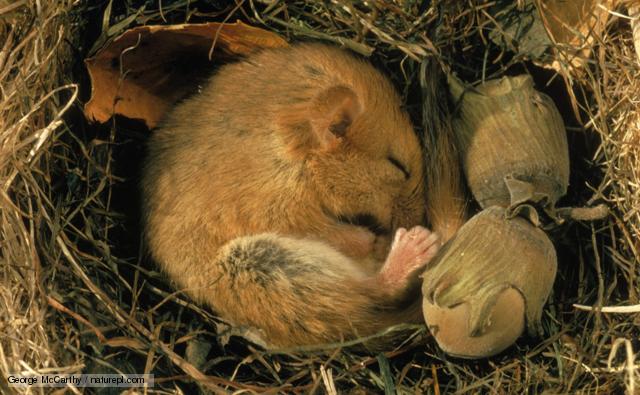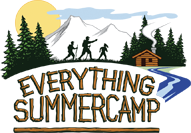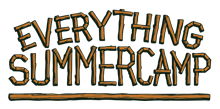Hey, Sleepyheads!
Today is the Festival of Sleep—a day for loafin’ around the house and staying warm under the blankets amidst the dead of a chilly winter. In honor of the day, last year I posted about all the different benefits a good night of sleep brings to us as people—not just in the winter, but year-round. You can check out last year’s post right here.
But this year, I’d like to focus more on sleeping in the winter season—or, more appropriately, THROUGH—the winter season. I’m talking about hibernation.
Unfortunately, we people don’t hibernate—much as we feel we may want to! Our bodies just aren’t biologically designed to do it. So who DOES hibernate? Oh, lots of creatures! You have bears and bats—they’re the most popularly-known—but there are also mice, chipmunks, skunks, raccoons, groundhogs, snakes and a number of other reptiles, some amphibians, bees, and more.
Not all of these animals are true hibernators the way that bears and bats are. These guys fall asleep and will coast clear through winter and spring. Others, however, like raccoons and chipmunks, tend to wake up periodically to snack on some food that they have stored up. But even then, if they’ve run out of their food supply, they’ll go searching for more. Still,  they sleep for much longer than you or I could ever dream.
they sleep for much longer than you or I could ever dream.
What are these animals doing, you ask? Well, these creatures’ bodies have all adapted in one way or another to remain inactive as a means of conserving their energy. By slowing their metabolism and reducing their body temperature considerably, these creatures stay asleep for days, weeks, even months at a time.
Food gets to be hard to come by for some animals—especially bears, and so, instead of migrating or expanding their diet, these animals took the lazy route and make the bold move to sleep through this season of scarcity. The benefits of sleep for us—like boosting our mental, physical, and emotional well-being—are nothing compared to what sleep can do for these animals who essentially freeze time for themselves.
We may not be able to hibernate, but we can certainly pretend! Enjoy getting the most out of your Zzzz’s today and all winter long. And, as always, thanks for zzzz…

- John



 hannel used their town to film their Halloween classic, ‘Halloweentown’ in 1998, the townsfolk got addicted to the all-out Halloween spirit. Because they loved it so much, they go to incredible lengths to recreate the setup each year! The town holds tours and costume contests every weekend throughout October!
hannel used their town to film their Halloween classic, ‘Halloweentown’ in 1998, the townsfolk got addicted to the all-out Halloween spirit. Because they loved it so much, they go to incredible lengths to recreate the setup each year! The town holds tours and costume contests every weekend throughout October!

 hould also be careful not to overuse an extension cord. They easily deteriorate when overstressed which can lead to an unhappy electrical shock to you. Extension cords are not permanent solutions to your power needs.
hould also be careful not to overuse an extension cord. They easily deteriorate when overstressed which can lead to an unhappy electrical shock to you. Extension cords are not permanent solutions to your power needs. your own collection or trade issues with a friend to check out one you haven’t seen yet? Whether you’re into the classics like the members from the Justice League or superheroes of the newer generation such as Spiderman or X-Men, get lost in the worlds that you love the most today.
your own collection or trade issues with a friend to check out one you haven’t seen yet? Whether you’re into the classics like the members from the Justice League or superheroes of the newer generation such as Spiderman or X-Men, get lost in the worlds that you love the most today. wn for his work inking the Spider-Man comic books, Randy has also put his magical touch to series like Dark Horse’s ‘Ghost’, ‘Buffy the Vampire Slayer: Origin Series’, the ‘Left Behind’ series, ‘Star Wars Tales’—issues 12 and 15, and more. He’s been expanding his creative work for the last 30 years!
wn for his work inking the Spider-Man comic books, Randy has also put his magical touch to series like Dark Horse’s ‘Ghost’, ‘Buffy the Vampire Slayer: Origin Series’, the ‘Left Behind’ series, ‘Star Wars Tales’—issues 12 and 15, and more. He’s been expanding his creative work for the last 30 years!
 This is a big one! From helping you remember to boosting your confidence, a good night’s sleep does so much for us and greatly affects our demeanor throughout the following day. A night of sleep can literally make or break the next day for you. Learn a great deal more about the importance of sound sleep in a previous Blog post I shared on January 3—the Festival of Sleep—right here.
This is a big one! From helping you remember to boosting your confidence, a good night’s sleep does so much for us and greatly affects our demeanor throughout the following day. A night of sleep can literally make or break the next day for you. Learn a great deal more about the importance of sound sleep in a previous Blog post I shared on January 3—the Festival of Sleep—right here. ve some leftover, put it to use on your school clothes, rain coats, snowpants, shoes, and boots. And of course, you can order more if you need
ve some leftover, put it to use on your school clothes, rain coats, snowpants, shoes, and boots. And of course, you can order more if you need 